 |
 |
 |
|---|
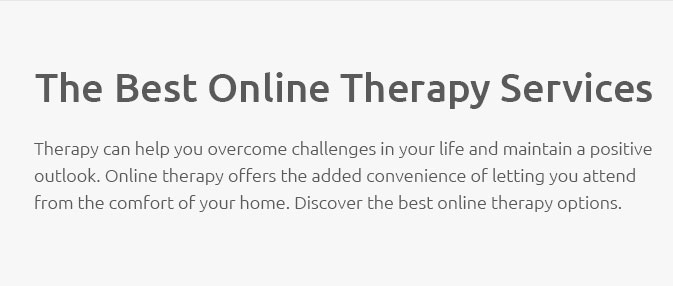 |
 |
|---|
 |
|
|---|---|
 |
 |
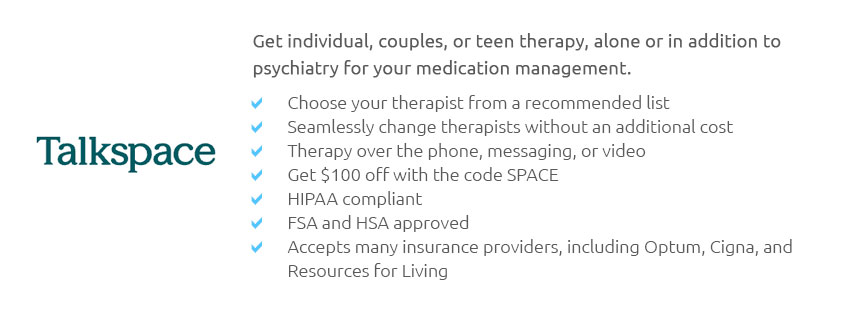 |
 |
 |
 |
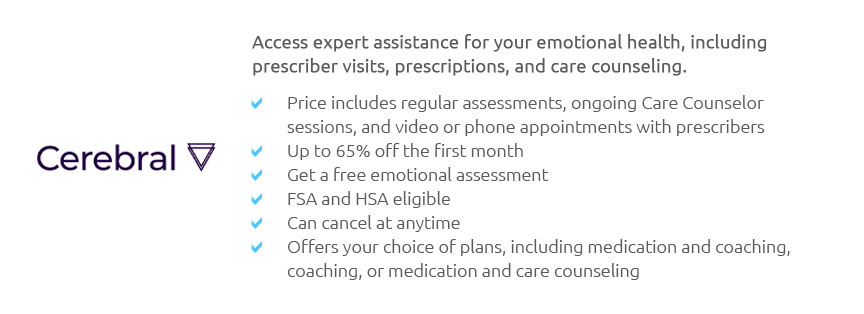 |
 |
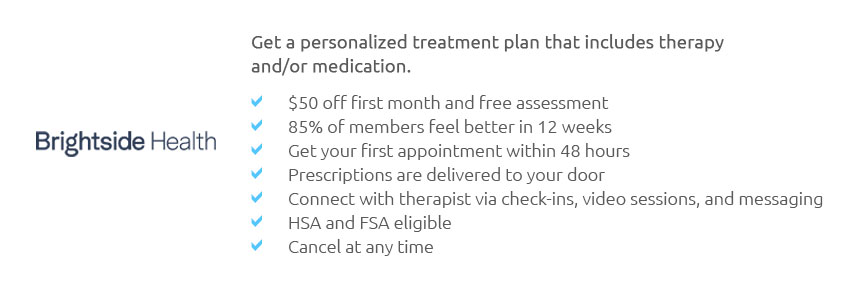 |
 |
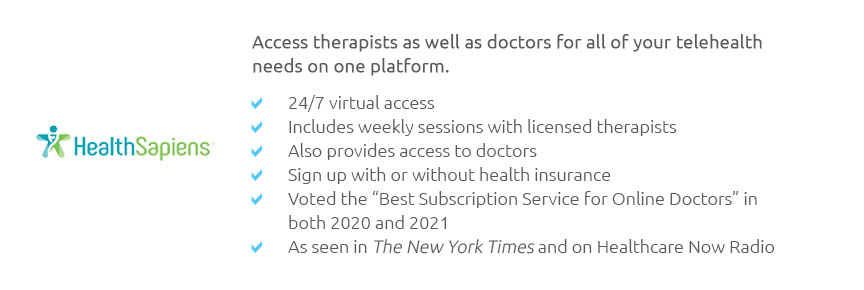 |
 |
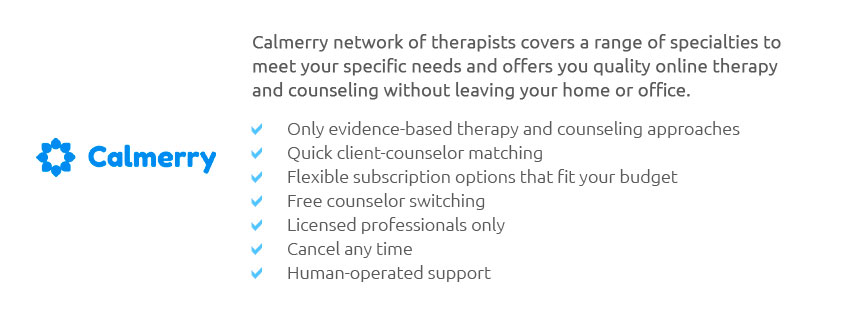 |
 |
 |
 |
|---|
The Cost of Online Therapy: Navigating the Virtual World of Mental HealthIn recent years, the landscape of mental health care has experienced a seismic shift with the advent of online therapy, a service that offers the promise of accessibility, convenience, and, for some, affordability. Yet, as with any burgeoning field, the cost of online therapy can vary dramatically, prompting many to wonder if the price reflects the value received. To understand this better, it’s essential to explore the various factors influencing these costs, the range of services offered, and the real-world impact on individuals seeking mental health support. Firstly, when considering the cost of online therapy, one must recognize that pricing can be influenced by multiple variables. Among these, the therapist’s credentials play a significant role. A licensed clinical psychologist or psychiatrist with years of experience may charge substantially more than a counselor or a therapist still accruing their professional hours. This is not to say that more expensive equals better; rather, it highlights the diversity of professionals available in the virtual marketplace. Platforms are another critical component in the pricing structure. Major platforms like BetterHelp and Talkspace have gained notoriety for their expansive network of therapists and flexible subscription models, often ranging from $60 to $200 per week, depending on the level of engagement-whether that includes live sessions, messaging, or a combination of both. These platforms sometimes offer financial aid or sliding scale fees, making therapy more accessible to those with budgetary constraints. In contrast, individual therapists who conduct sessions independently via video conferencing tools may set their rates, often mirroring or slightly undercutting their in-person fees. Such sessions typically cost between $75 and $150 per hour, although regional variations can see these numbers fluctuate. Urban areas with a higher cost of living may witness higher rates compared to rural regions. The real-world implications of these costs are multifaceted. For one, the flexibility of online therapy enables individuals who might otherwise face geographical or logistical barriers to access necessary mental health care. Imagine a single parent in a remote town-unable to afford travel or childcare-finding solace in the ability to speak to a therapist from their home at a reduced rate.
Yet, the question remains: does the cost of online therapy truly offer comparable benefits to traditional, in-person sessions? Opinions vary, but many report that the quality of care received online is on par with face-to-face interactions. The key is finding a therapist whose expertise and communication style resonate with the client. Furthermore, the privacy and comfort of one’s own space can enhance the therapeutic process for some individuals. While the digital divide still poses a challenge, with those lacking internet access being inadvertently excluded, the continuous evolution of technology and therapy promises a more inclusive future. As online therapy becomes increasingly mainstream, competition among providers may drive costs down, potentially democratizing access to mental health care even further. In conclusion, the cost of online therapy is as varied as the individuals it serves. By understanding the factors that influence pricing and considering the tangible benefits provided, one can make informed decisions about their mental health care. Whether the choice is driven by convenience, necessity, or preference, the burgeoning field of online therapy stands as a testament to the innovative ways we continue to adapt and prioritize mental well-being in the modern age. https://uktherapyguide.com/how-expensive-is-online-therapy
In 2018, seeing a therapist usually costs between 60 and 90 per hour with specialists at up to 150/hour, however in 2021 seeing an online therapist is now ... https://www.psychologytoday.com/us/basics/therapy/is-online-therapy-cheaper-than-in-person-therapy
Lower-cost virtual therapy plans, for example, typically fall between $40 to $60 per week in the U.S., which is often cheaper than in-person ... https://startmywellness.com/2024/10/online-therapy-cost/
Research by Simple Practice (a therapy management platform) establishes an average of $150 per 60 minute session nationwide.
|
|---|